Textbook turns the page in media literacy for teachers and students
Student Journalism & Media Literacy covers just about every topic a student journalist needs to know in a media landscape that is constantly evolving. Although the book addresses fundamentals of writing and design, the text also addresses topics that journalists are now facing in 21st-century journalism. Homer L. Hall, Megan Fromm and Aaron Manfull came together to author the textbook.
Rosen Publishing Group approached Hall about revising Junior High Journalism, first published in 1969, and High School Journalism, originally published in 1986. As a former yearbook and newspaper adviser at Kirkwood High School in Kirkwood, Missouri, Hall taught journalism classes at the secondary level for 36 years. Since then, he has conducted sessions at workshops across the world and garnered a long list of awards.
“When Rosen approached me about revising both books again, we decided to take a different approach,” Hall said.
Hall said there was a desire to include a digital component with the book, so he asked Aaron Manfull to join him in authoring the book. Aaron Manfull is the director of student media at Francis Howell North High School in St. Charles, Missouri, where he has advised the student newspaper, yearbook, broadcast program and websites. Manfull also serves as the Journalism Education Association’s digital media chair.
“I had never planned on doing something like this, but it was an opportunity I just couldn’t pass up,” Manfull said.
Manfull said the group decided to also devote a substantial portion of the book to media literacy. Manfull and Hall asked Megan Fromm to join as the third author for School Journalism and Media Literacy. Fromm is an assistant professor at Colorado Mesa University and on faculty for the Salzburg Academy on Media & Global Change, a media literacy study abroad program. Her work and teaching centers on media law, scholastic journalism, media literacy, and media and democracy. She is also an elected board member for the Journalism Education Association.
Fromm said this book will help teachers prepare students to live and work in a media-saturated world.
“In teaching both journalism and media literacy, we are helping our students to see why we must not only produce quality, accurate media, but we must demand it as well,” she said. “To me, the book is a great balance between the technical production side, and the conceptual, ‘so what’ side of media consumption.”
“Media literacy is certainly a buzzword in today’s classroom, so I’m sure teachers will appreciate having this added component,” Hall said.
Fromm said the book contains six media literacy-specific chapters that explore topics such as bias, privacy, security, digital literacy and the economics of news.
“Ideally, students will learn to look at media from a new perspective because they will be so much more aware of how all these systems, institutions, and ideas interact to create the kind of media we consume today,” she said. “Journalism and media are much different today because of all these factors such as the Internet, Google, shrinking profit margins, and ownership concentration.”
Hall said although the group revised chapters considerably, they did not eliminate any writing chapter. Instead, they added a diverse mix of chapters on topics such as digital content and gathering and sharing digital information. They also decided to devote an entire chapter to sports writing.
“I can’t imagine a textbook without a chapter on sports writing,” Hall said. “I personally think it’s the weakest writing I see in scholastic publications, including yearbooks and newspapers.”
“Sports content is typically one of the most widely read parts of a publication, and high school sports are followed heavily in many communities,” Manfull said.
Hall said he thinks a major reason some journalism teachers do not teach sports journalism is because they do not fully understand all sports.
“I think anyone using the new text would be able to improve the sports writing of his or her publication by following the guidelines suggested,” he said.
The book also contains a digital component that Manfull said will greatly benefit teachers in the classroom.
“What we did in many places throughout the book though was give links to online content to give readers more,” Manfull said. “Readers will find URLs throughout the book, taking them to online sources where they will find even more information on the subjects they are exploring.”
For more information on the textbook, please visit the Rosen Publishing Group’s website.





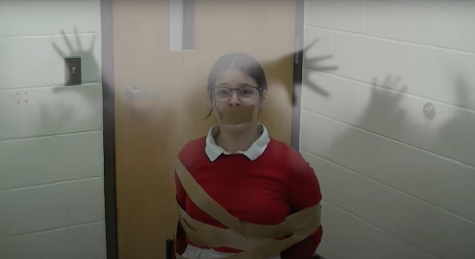
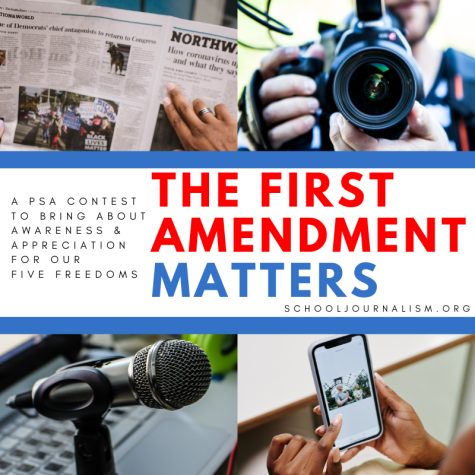

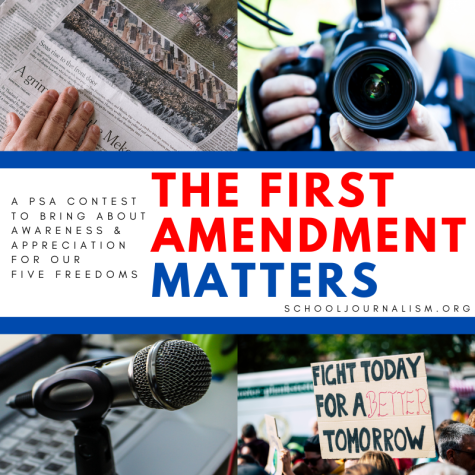

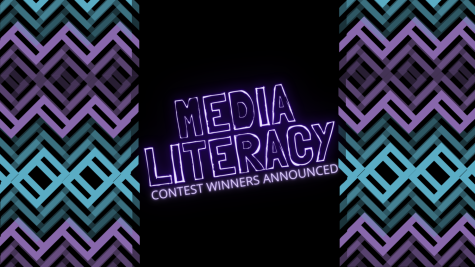
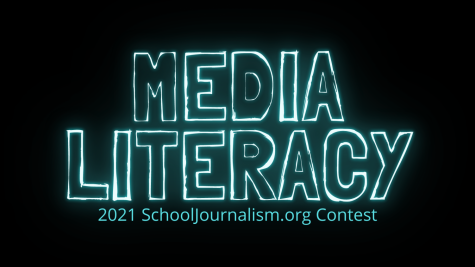
Heidi Parker • Jun 1, 2018 at 5:48 am
I am searching for a good text for the Journalism course I will teach at my middle school next year. Do you offer any kind of a discount for instructors in search of the perfect text for their class?
adviser • Jun 1, 2018 at 7:20 pm
For more information on the textbook, please visit the Rosen Publishing Group’s website.